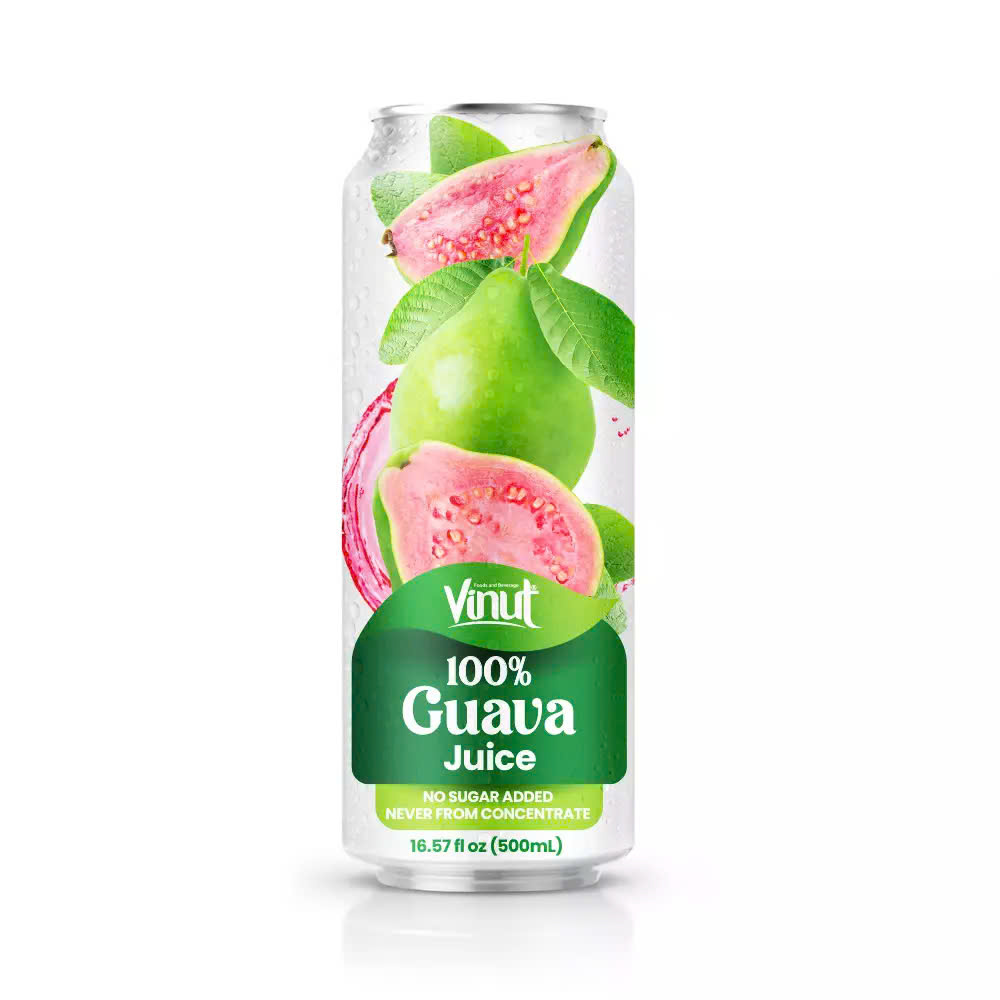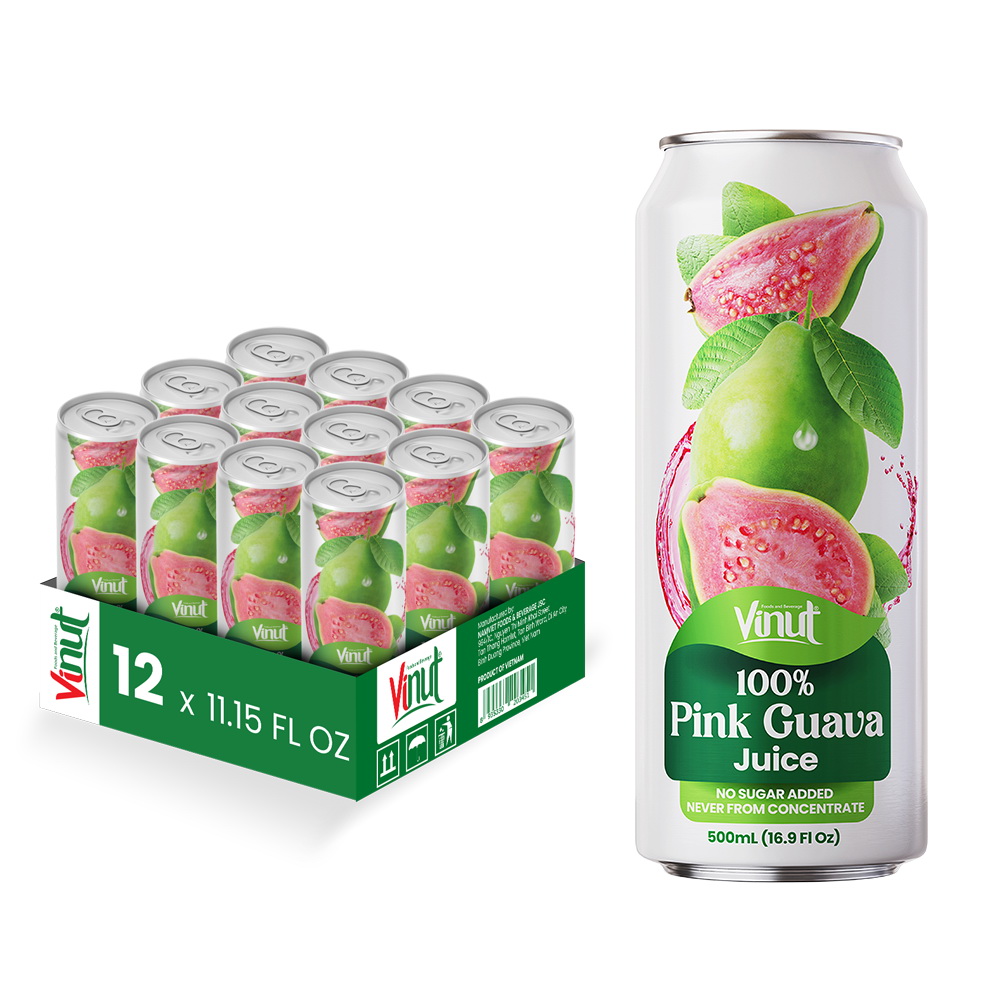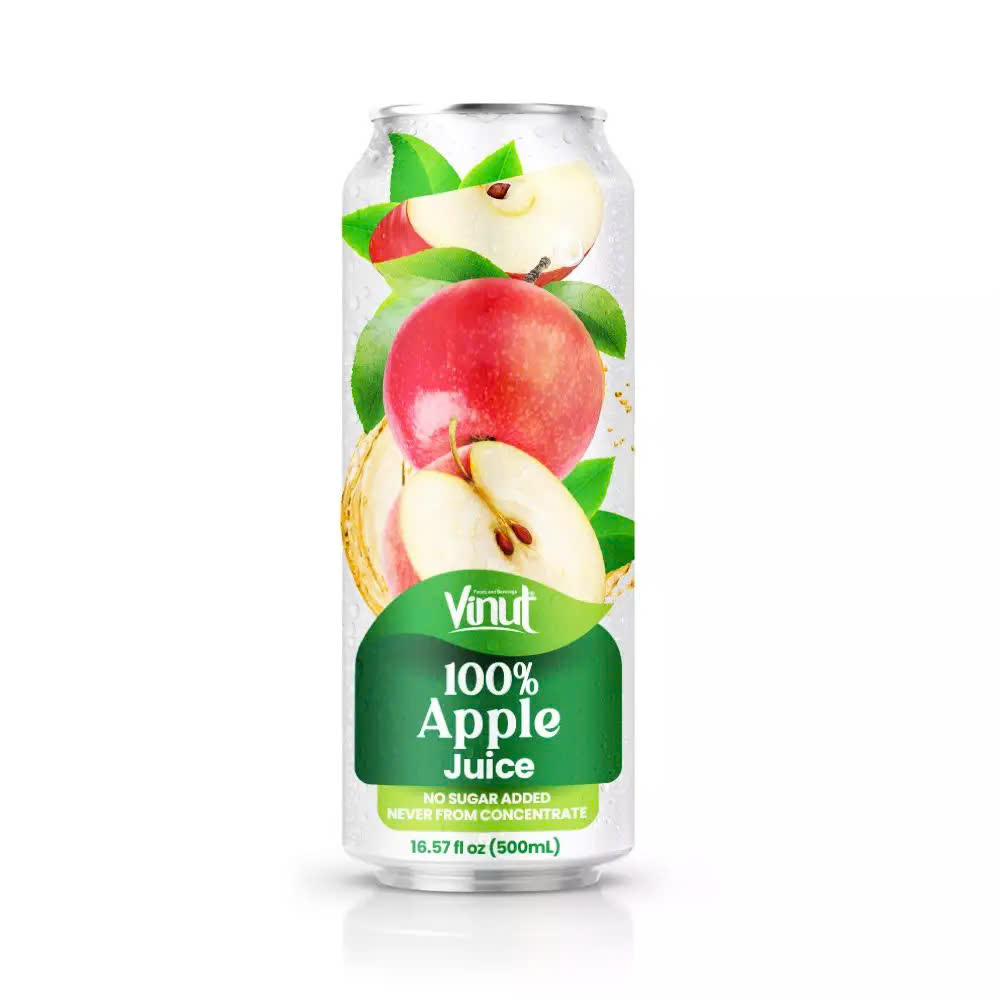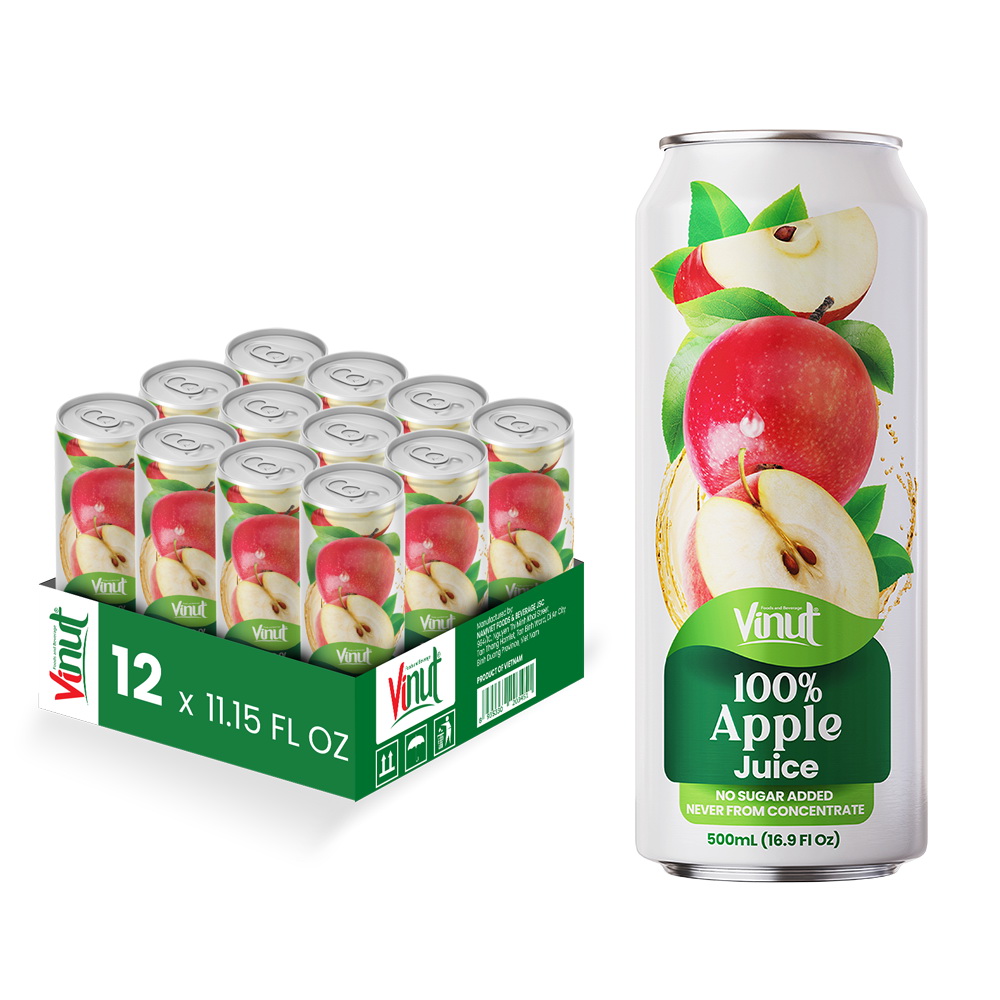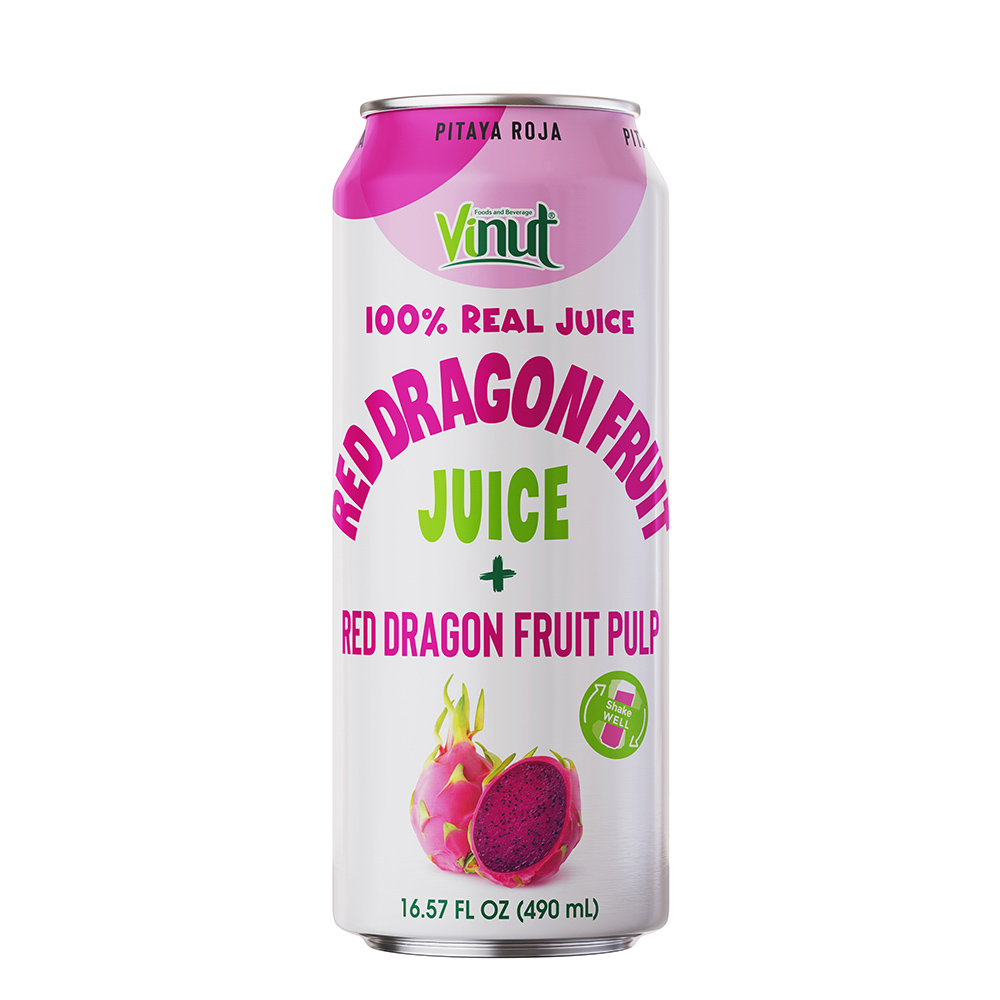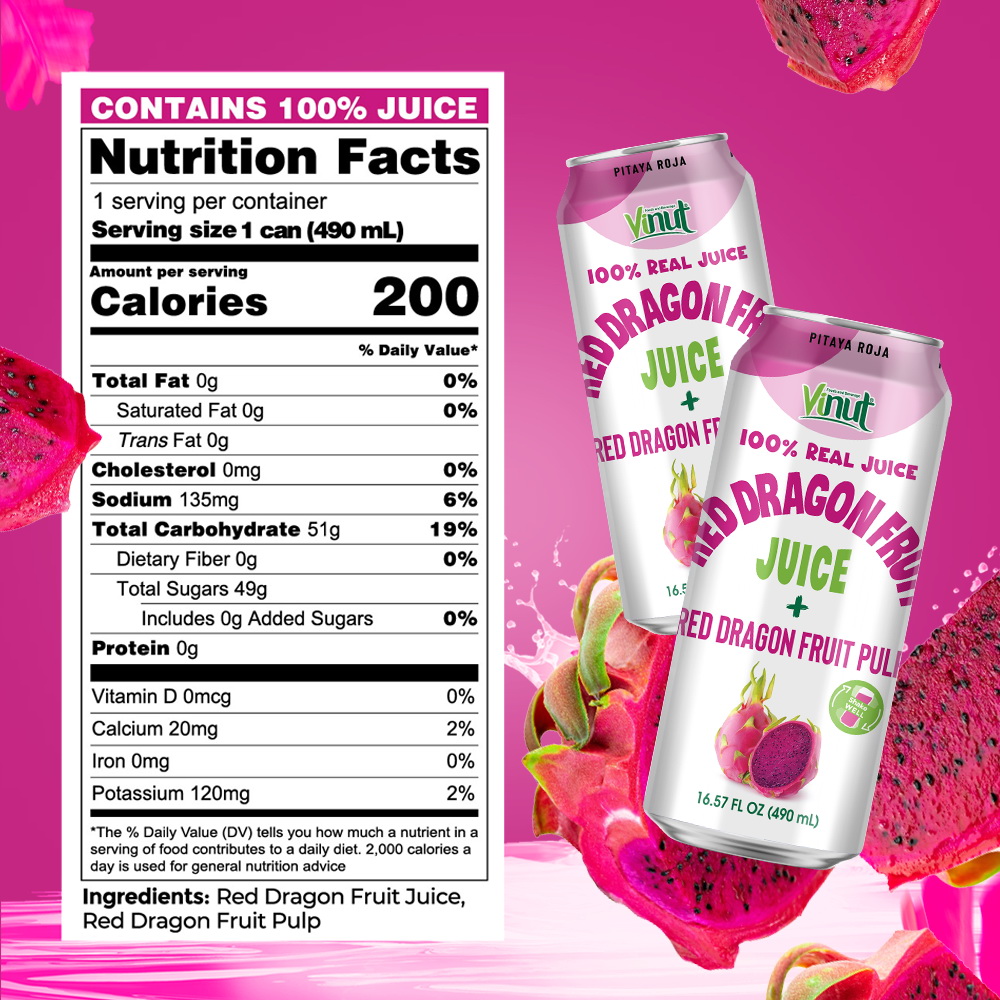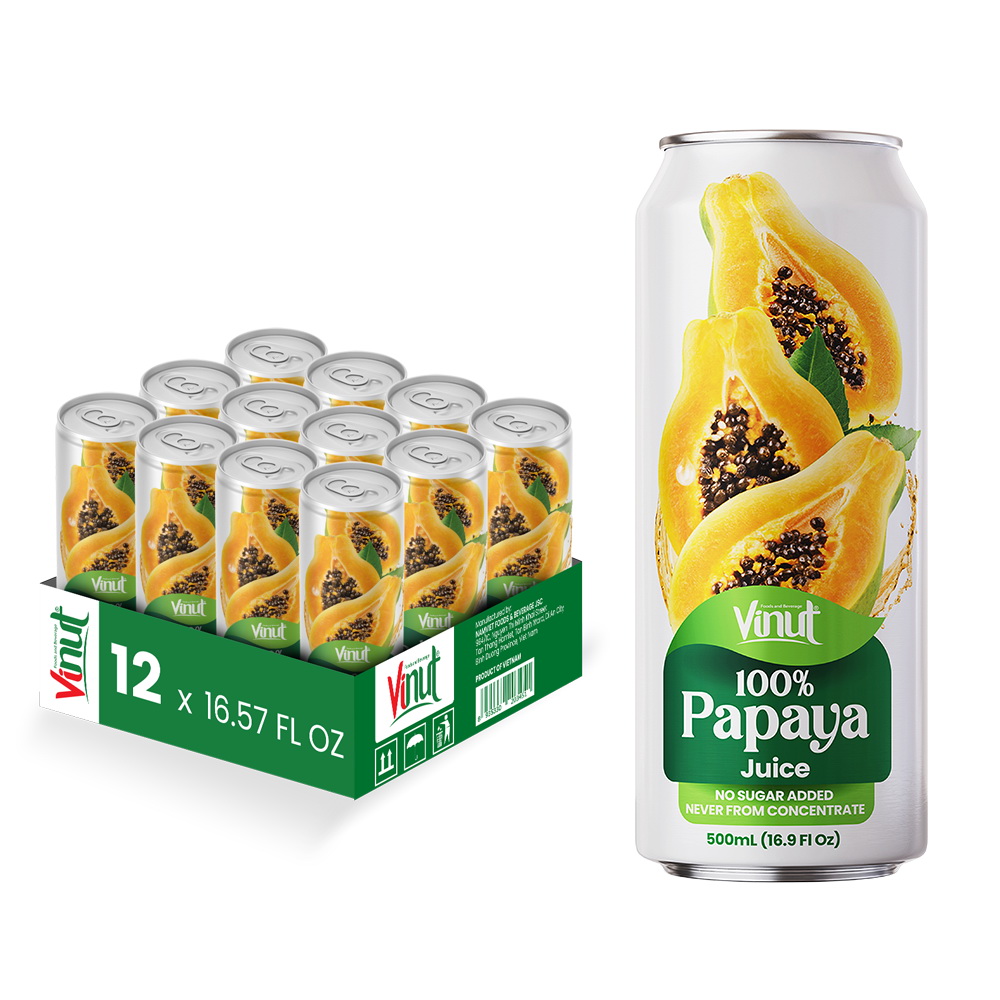
BLOG
Does strawberry juice contain a lot of calcium?

1. Understanding Calcium and Its Importance

Calcium plays several vital roles in the body:
- Bone Health
- Muscle Function
- Nerve Transmission
- Blood Clotting
- Hormonal Secretion
2. Calcium Content in Strawberry Juice

To determine whether strawberry juice is a good source of calcium, we need to examine its nutritional composition.
Nutritional Profile of Strawberry Juice
Calcium Content: Strawberry juice, like many fruit juices, contains some calcium, but it is generally not considered a major source. On average, an 8-ounce (240 ml) serving of strawberry juice contains about 15-30 mg of calcium. This amount represents a small fraction of the daily recommended intake for calcium, which is about 1,000 mg for most adults.
Vitamin C: Strawberry juice is rich in Vitamin C, which is essential for immune function and antioxidant protection. While it does not directly influence calcium absorption, Vitamin C supports overall health.
Other Nutrients: Strawberry juice also provides various other nutrients, including folate, potassium, and antioxidants. These contribute to a balanced diet but do not significantly impact calcium intake.
3. Comparing Strawberry Juice to Other Calcium Sources

To understand the role of strawberry juice in a calcium-rich diet, it's helpful to compare it with other sources:
Dairy Products: Milk and dairy products are among the most well-known sources of calcium. One cup (240 ml) of milk typically contains about 300 mg of calcium, which is significantly higher than what is found in strawberry juice.
Leafy Greens: Vegetables such as kale, spinach, and broccoli are also good sources of calcium. For instance, one cup of cooked kale contains about 180 mg of calcium.
Fortified Foods: Many plant-based milk alternatives, such as almond or soy milk, are often fortified with calcium. A cup of fortified almond milk can contain around 450 mg of calcium.
Calcium Supplements: Calcium supplements can be an effective way to meet your daily calcium needs. They come in various forms, including calcium carbonate and calcium citrate, and can provide a substantial amount of calcium per serving.
4. Health Benefits of Strawberry Juice Beyond Calcium

While strawberry juice may not be a significant source of calcium, it offers several other health benefits:
Rich in Antioxidants: Strawberries contain antioxidants like anthocyanins and ellagic acid, which help combat oxidative stress and inflammation in the body.
Supports Heart Health: The compounds in strawberries, including potassium and antioxidants, contribute to cardiovascular health by reducing blood pressure and improving cholesterol levels.
Boosts Immunity: The high Vitamin C content in strawberry juice helps strengthen the immune system, providing protection against common illnesses and infections.
Hydration: Strawberry juice is hydrating and can be a refreshing alternative to sugary beverages, helping to maintain hydration levels.
5. Incorporating Strawberry Juice into a Balanced Diet

If you enjoy strawberry juice and want to incorporate it into a diet that meets your calcium needs, consider the following tips:
Pair with Calcium-Rich Foods: Combine strawberry juice with other calcium-rich foods, such as dairy products or fortified plant-based milks, to ensure you're getting enough calcium in your diet.
Diversify Your Beverage Choices: While strawberry juice can be part of a healthy diet, it's important to include a variety of beverages and foods to meet all your nutritional needs.
Check for Fortified Options: Some brands of strawberry juice may be fortified with additional nutrients, including calcium. Look for these fortified options if you want to boost your calcium intake through fruit juice.
Maintain a Balanced Diet: Ensure that your overall diet includes a range of nutrients necessary for health, including calcium, Vitamin D, and other minerals and vitamins.
Conclusion
In summary, while strawberry juice is a delicious and nutritious beverage with numerous health benefits, it is not a major source of calcium. An 8-ounce serving typically provides only a small amount of calcium compared to other sources like dairy products, leafy greens, or fortified foods. However, strawberry juice offers other valuable nutrients and can be part of a balanced diet.
For those looking to increase their calcium intake, it is essential to focus on foods that are rich in calcium or consider supplements if necessary. Strawberry juice can still be enjoyed for its flavor and health benefits, contributing to a well-rounded diet when combined with other calcium-rich foods.
- USDA Food Database
- National Institutes of Health (NIH) - Calcium Information
- Harvard T.H. Chan School of Public Health - Calcium and Vitamin D
Feel free to enjoy strawberry juice as part of a diverse and nutritious diet, but remember to include other sources of calcium to meet your dietary needs effectively.





